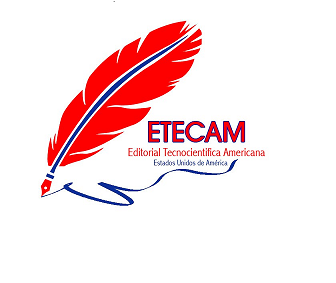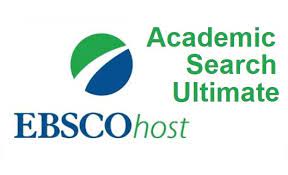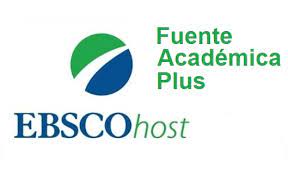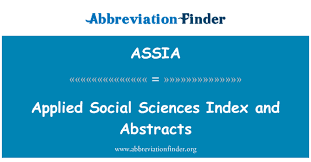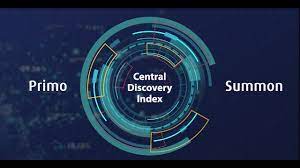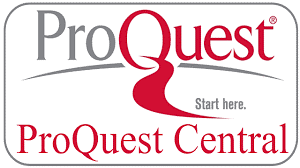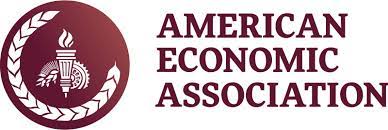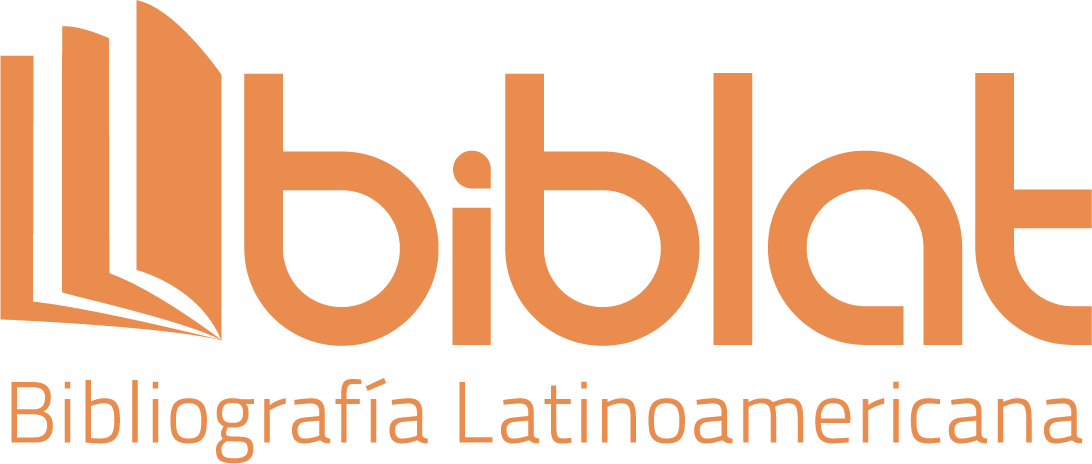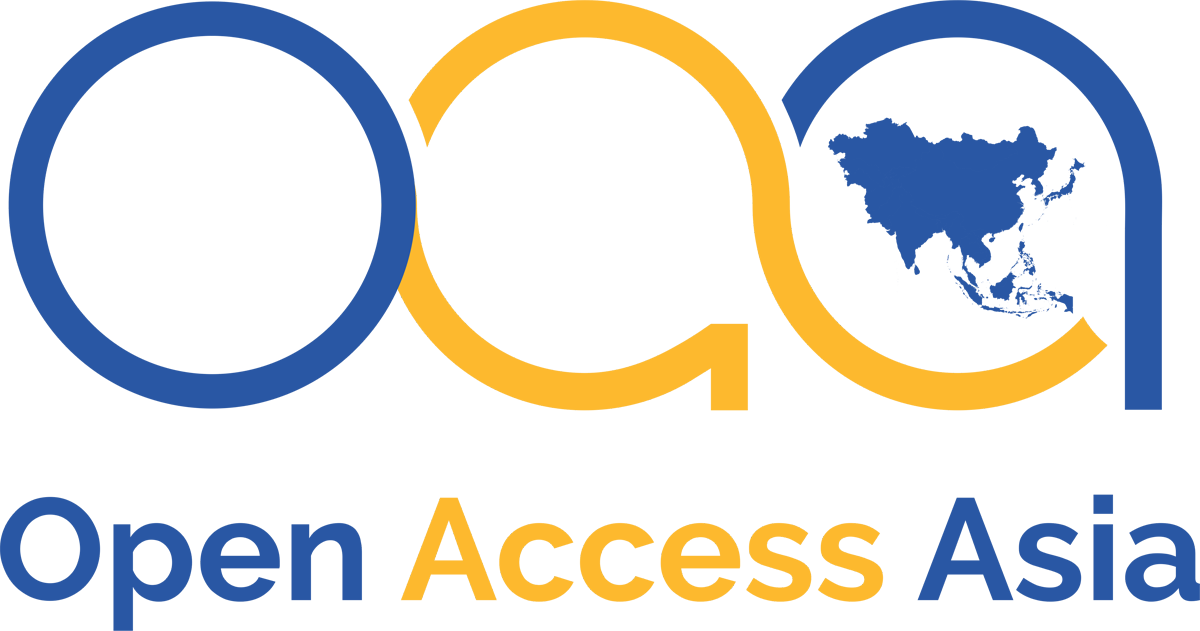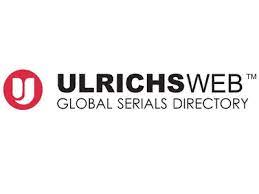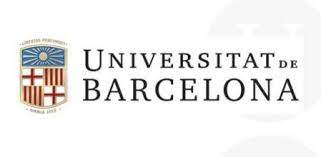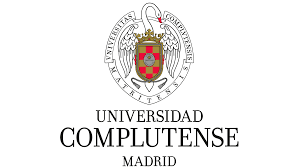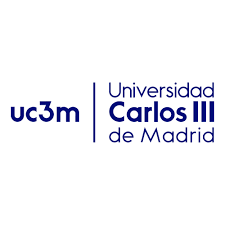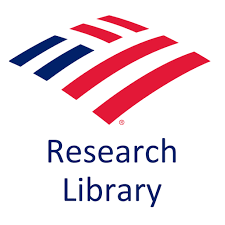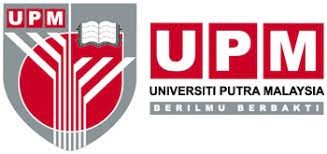Arts education as a strategy for the development of communication skills in ninth grade students
DOI:
https://doi.org/10.51736/sa.v7iEspecial%205.372Keywords:
art education, communication skills, educational strategy, students, integral development.Abstract
The present study focused on the integration of art education for the development of communicative skills in ninth grade students of general basic education. The study is framed in a quantitative approach, with a pre-experimental design of quasi-experimental type, aimed at evaluating the impact of an art education strategy in the development of communication skills in ninth year students of General Basic Education (EGB). The sample consisted of 35 students and 4 teachers from the Escuela de Educación Básica Perla del Pacífico, randomly selected to ensure representativeness. Exploratory surveys were administered to students and teachers, together with indicators designed to measure communication skills. The study also included an evaluation by educational experts. Pre- and post-tests were used to compare the results before and after the intervention, using indicators such as clarity in oral expression, coherence in written expression, among others. Statistical correlation tests were performed to analyze the relationships between variables. The results indicated a positive impact of the strategy on the development of communicative skills, highlighting significant improvements in clarity and coherence of expression, adaptation to the public and resolution of communicative conflicts. Expert evaluation provided valuable feedback to improve the effectiveness of the strategy. This study highlights the importance of arts education in the integral development of students and its ability to improve communication skills.
Downloads
References
Alban, G. P. G., Arguello, A. E. V., & Molina, N. E. C. (2020). Metodologías de investigación educativa (descriptivas, experimentales, participativas, y de investigaciónacción). Recimundo, 4(3), 163-173.
Benticuaga, J. R., & Mañero, J. (2023). Por qué las aulas del futuro necesitan la educación artística: proyecto «Yo eres, tú soy». In El aula del futuro: Experiencias educativas (p. 113). Octaedro.
Bowen, D. H., & Kisida, B. (2023). Investigating Arts Education Effects on School Engagement and Climate. Educational Policy, 1, 31.
Castro, P. H. (2018). Arteterapia y educación artística para la inclusión educativa en Ecuador. Revista de educación inclusiva, 11(1), 267-276.
Corbisiero-Drakos, L., Reeder, L. K., Ricciardi, L., Zacharia, J., & Harnett, S. (2021). Arts integration and 21st century skills: A study of learners and teachers. International Journal of Education & the Arts, 22(2).
Edgar, S. N., & Morrison, B. (2021). A vision for social emotional learning and arts education policy. Arts Education Policy Review, 122(3), 145-150.
Elpus, K. (2022). Access to arts education in America: The availability of visual art, music, dance, and theater courses in US high schools. Arts Education Policy Review, 123(2), 50-69.
Holochwost, S. J., Goldstein, T. R., & Wolf, D. P. (2021). Delineating the benefits of arts education for children’s socioemotional development. Frontiers in psychology, 12, 624712.
Kuttner, P. J. (2020). Educating for cultural citizenship: Reframing the goals of arts education. In Cultural Production and Participatory Politics (pp. 69-92). Routledge.
Lloyd, K. (2017). Benefits of art education: A review of the literature. Scholarship and engagement in education, 1(1), 6.
Maneen, C. A. (2016). A case study of arts integration practices in developing the 21st century skills of critical thinking, creativity, communication, and collaboration. Gardner-Webb University.
Merecí-Mejía, E. E., & Cedeño-Tuárez, L. K. (2021). Estrategias de Educación Artística como potenciadora del desarrollo del pensamiento creativo en los estudiantes de bósica elemental. Dominio de las Ciencias, 7(6), 1205-1224.
Miller, J. A., & Bogatova, T. (2018). Arts in education: The impact of the arts integration program and lessons learned. Journal for Learning through the Arts, 14(1).
Okvuran, A. (2010). The relationship between arts education, museum education and drama education in elementary education. Procedia-Social and Behavioral Sciences, 2(2), 53895392.
Peres, J. J. J. (2019). Arte, psicología y educación: fundamentación Vygotskyana de la educación artística (Vol. 142). Antonio Machado Libros.
Shanie, A. (2020). Art Education Phenomena in The School Environment (a case study of the application of art education in a school environment). International Journal of Social Learning (IJSL), 1(1), 35-41.
Snyder, L., Klos, P., & Grey-Hawkins, L. (2014). Transforming teaching through arts integration. Journal for Learning through the Arts, 10(1).
Touriñán López, J. M. (2016). Educación artística: Sustantivamente “educación” y adjetivamente “artística”. Educación XXI: Revista de la Facultad de Educación, 19(2), 45-76.
Yazici, E. (2017). The Impact of Art Education Program on the Social Skills of Preschool Children. Journal of Education and Training Studies, 5(5), 17-26.
Published
How to Cite
Issue
Section
License
Copyright (c) 2024 Jenniffer Fabiola Bajaña Mosquera, Evelyn Elena Jadán Dominguez, Elizabeth Esther Vergel Parejo, Maria Fernanda Chiriboga Posligua

This work is licensed under a Creative Commons Attribution-NonCommercial-ShareAlike 3.0 Unported License.













